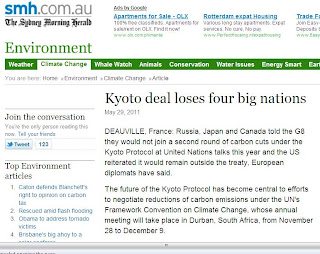Dominance of coal power worldwide, 2015
* Originally posted on Oct. 31, 2015.
The Washington Post ran a story last October 12, 2015, As appetite for electricity soars, the world keeps turning to coal. It is a climate alarmist story and yet the authors recognize that as of 2012, the world -- rich, middle income and poor countries combined -- was dependent on 68% fossil fuels (coal + natural gas + oil) for their electricity needs. The 21% renewables are largely "old renewables" like big hydro and geothermal. The "new renewables" like wind and solar should contribute something like 2-4% of total.
In terms of total global electricity output from 1980 to 2012 (32 years), the biggest increase in GWh are (1) coal with 6.1 M and (2) natural gas with 4.1 M. Percentage wise, biggest increase were recorded by nat gas and nuke.
So although it is a climate alarmism article, there is honesty in recognizing that if people want more and stable electricity, fossil fuels are inevitable and reliable energy sources.
From a nice US Chamber of Commerce article last October 16, 2015, There Are Gigawatts of Good Reasons to Still Mine Coal, this table is lifted from the World Coal Association.
Top 10 countries -- coal fired power station build
* Globally, there are 510 coal-fired power plants under construction, with a further 1,874 planned, a total of 2,384.
* China, India, Indonesia dominate making up 71% of the total
* Philippines, Vietnam, Turkey and Pakistan bring up the total up to 81%
* Europe and America play a very small role.
source: World Coal Association
It is good that despite heavy lobbying by the "kill coal, save the planet" movement led by Greenpeace, World Wildlife Fund (WWF), Oxfam, Sierra Club and other big environmental groups, with indirect (and sometimes direct) blessings and funding of the UN, ADB, WB, etc., the three big ASEAN countries Indonesia, Philippines and Vietnam realize that it is not possible for them to grow fast if they will shun cheaper and stable energy sources like coal.
In the US, despite echo-pronouncements by the Obama administration, the biggest economy in the world is 70% dependent on coal and natural gas (35% each) for its electricity needs as of July 2015. This data is from the US Energy Information Administration (EIA), October 07, 2015.
In the Philippines, see low capacity factor of solar wind.
Meanwhile this was published by BWorld under the Feedback section:







Comments
Post a Comment